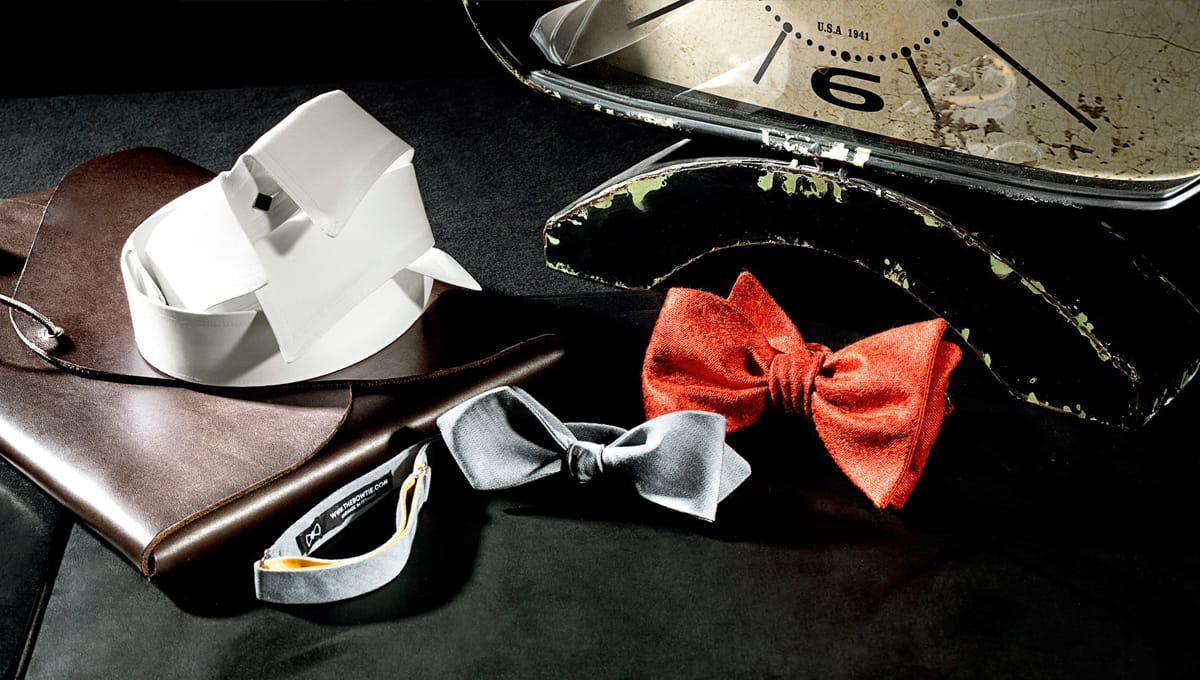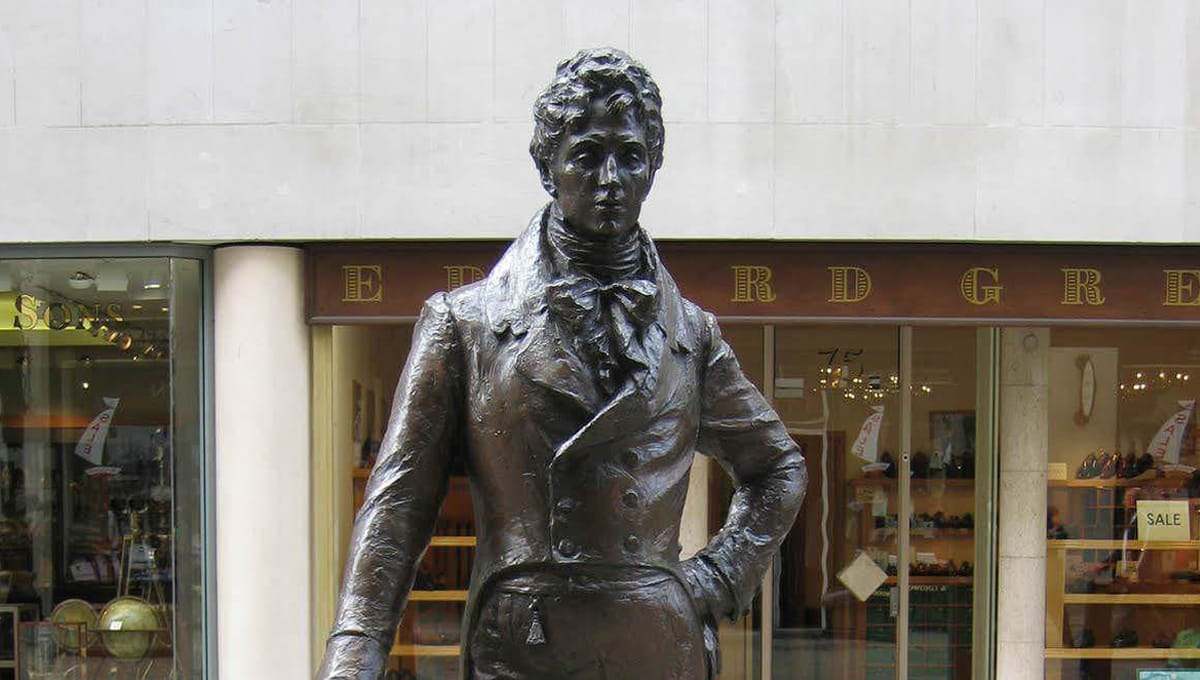The bow tie first entered the scene as a new style of necktie in the beginning of the 19th century; a modification of its predecessor, the cravat. By the mid 1880s, the bow tie had become a staple in the fashion conscious man’s wardrobe.
Since its introduction and mass acceptance into men’s dress, the bow tie has experienced a great many changes in form and function and has transcended its purely formal and traditional stereotype. From street style, to the runway, to celebrity fashion, the bow tie has been reappropriated into a variety of different looks, breaking it free from the mold it once held as a purely formal accessory.

The tradition of adorning the neck with a knotted piece of fabric dates back to the 17th century. The Croatian soldiers of the Thirty Years War (1618-1648) were one of the first documented peoples to don a necktie, which they used to keep together the collars of their shirts. French soldiers brought the look back home with them after the war, and by the 1700s neckties were widely adopted by the upper classes, marking the time when neckties became a main feature in men’s dress.
In October of 1886, Pierre Lorillard designed a new style of formal wear, and wore it to a formal ball held at the Tuxedo club. Named after his family’s estate in Tuxedo Park (an area just outside of New York City), Lorillard’s tuxedo became an instant hit among other wealthy fashion enthusiasts. The tuxedo and black bow tie look, which became known as “black tie” attire, quickly outmoded the antiquated tailcoat and white bow tie as the primary formal outfit for men, a fashion change that has yet to be overturned to this day.
Over the past few decades, high-profile bow tie connoisseurs have pioneered a movement that has led to a redefining of the bow tie. By articulating it in ways in which it was not originally intended to be worn, the bow tie has been moved outside of its rigid categorization of only being appropriate for formal wear. From the foppish looks of style mavens Karl Lagerfeld and Manolo Blahnik, to the quirky guise of comedians Charlie Chaplin and Pee-wee Herman, to the iconic stud looks of Fred Astaire and Frank Sinatra, to the nerdy looks of Bill Nye the Science Guy and Orville Redenbacher, the bow tie has found itself as a compliment to a great many varying ensembles.
Embedded in a long history of being thought of as a strictly male accessory (though there were many subcultures outside of mainstream fashion where women were known to don the bow tie), bow ties officially crossed gender lines into women’s wear in the 1920s and 30s when the look was picked up by silver screen stars Marlene Dietrich and Katharine Hepburn. Paving the way for the acceptance of women wearing “masculine” garb, both famous actors became known for dressing in what was considered to be male attire (both on-screen and off) including: tailored suits, top hats, button down shirts, and of course, the bow tie.
Marlene Dietrich, most known for her quintessential bow tie and top hat look from the film, Morocco, in the 1930s, says it all with her statement about her own style, “I dress for the image. Not for myself, not for the public, not for fashion, not for men.”
No longer bounded by the rigid sartorial rules of yesteryear, the bow tie has been revamped, redefined, and redesigned into an accessory that any stylistically savy individual can include into their unique look. High fashion elite and celebrities like Johnny Depp, Justin Timberlake, Rihanna, Drew Barrymore, and Janelle Monáe are not the only ones sporting the bow tie look on the daily. Fashion blogs around the world have been showcasing phenomenal fashionistos/as who have uniquely incorporated the bow tie into everyday style.
Most bow ties that are available in the marketplace are mass produced with low quality fabrics and are cheaply made, void of any real “soul” or character. THE BOW TIE recognises that bow tie connoisseurs are a special breed; with an attachment to each and every piece in their wardrobe, they dedicate a great deal of time maintaining their look and taking stock in their collection. THE BOW TIE views bow ties not as a quick fading fashion trend, but recognises the longevity of the bow tie as a magnificent statement piece that has stood the test of time.
THE BOW TIE offers original handmade designs in a plethora of styles outside of the classic tradition of black silk. Bright colors and unique patterns made from a wide spectrum of high quality fabrics not usually seen in bow tie designs including wool, linen, denim, and even leather are expertly crafted into original, highly detailed gems that would leave Beau Brummell* himself in awe. With all the options available, there is no reason to hesitate incorporating a bow into your own style. As bow tie aficionado Fred Astaire once said, “Do it big, do it right, and do it with style.”

